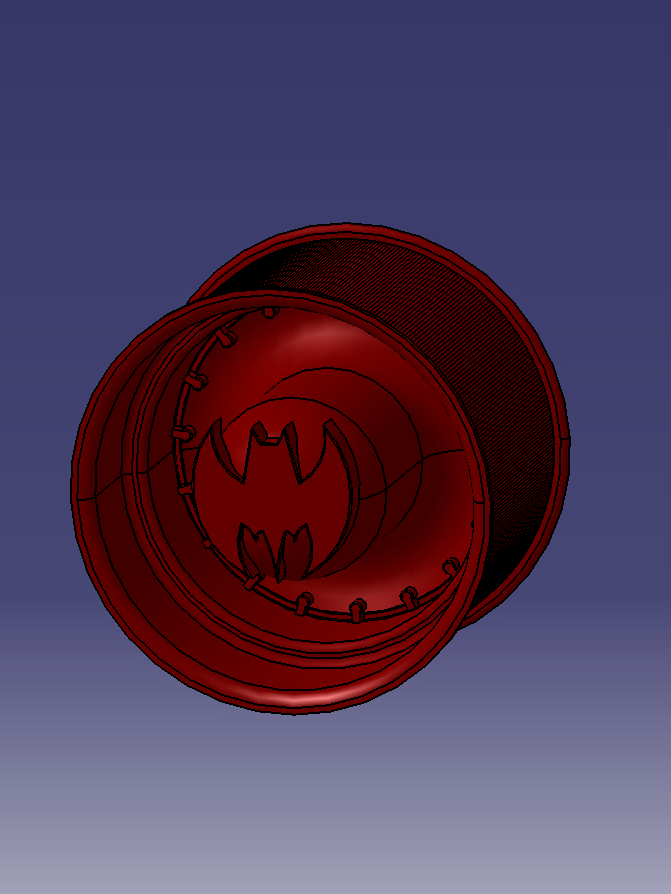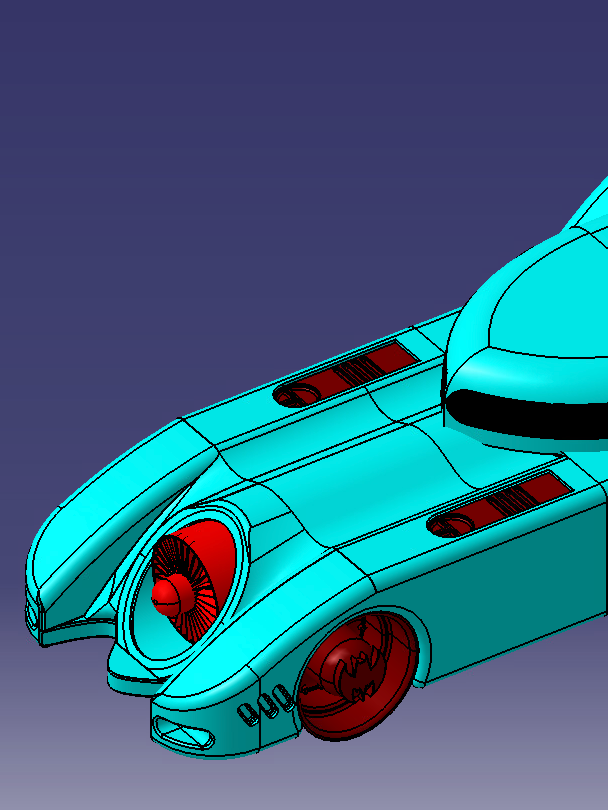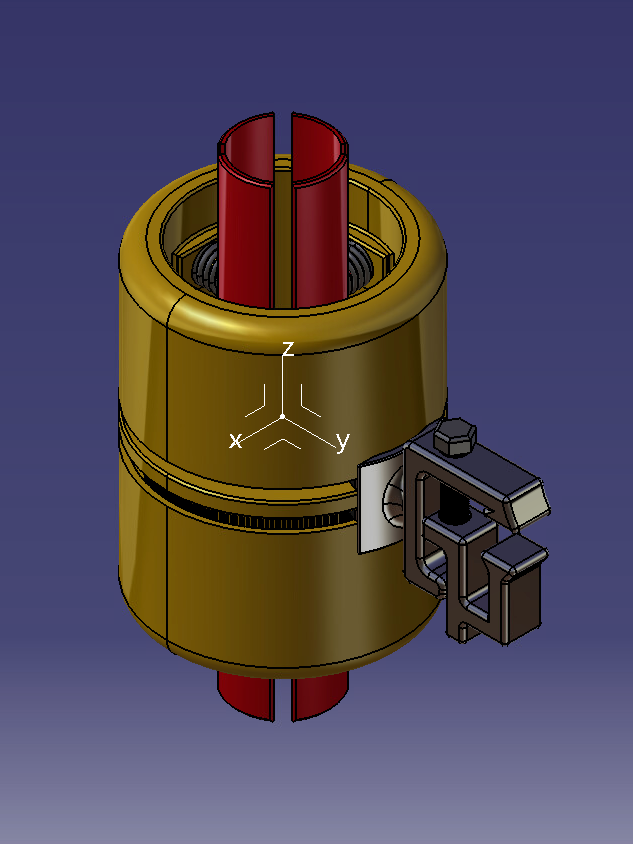Figure 1. Follower probe
Figure 2. An Asteroid Mining Probe
Figure 3. Mission architecture diagram for the AI-powered self-replicated probe.
The mission commences with the Falcon Heavy launch vehicle propelling the Mothership into cis-lunar space. This initial phase involves escaping Earth's gravity, orienting towards the asteroid belt, and embarking on the journey. As the Mothership approaches the target asteroid, it adjusts its orientation and prepares to land on the asteroid's surface, stabilizing itself upon arrival. Throughout the mission, the Mothership maintains a robust communication link with Earth, regularly updating its status, position, and other crucial data. Upon identifying a viable mining site through scanning, mining probes are dispatched to extract materials. Follower probes collect these harvested materials and transport them back to the Mothership. The materials are then subjected to thermal processing, followed by autonomous manufacturing to create new parts for the probes using injection molding. With the asteroid's resources continuously being harvested, this extraction, relay, and manufacturing process repeats until exhaustion of the resources. Post-extraction, guided by ground control commands, the Mothership moves on to the next asteroid, initiating the process again.
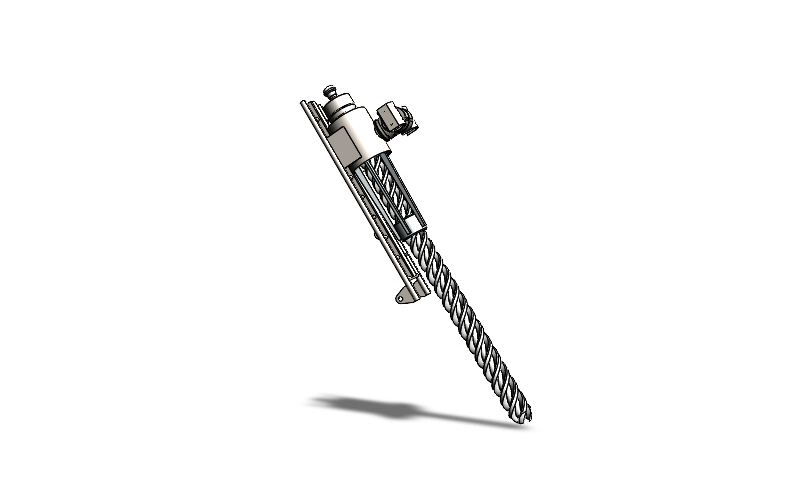
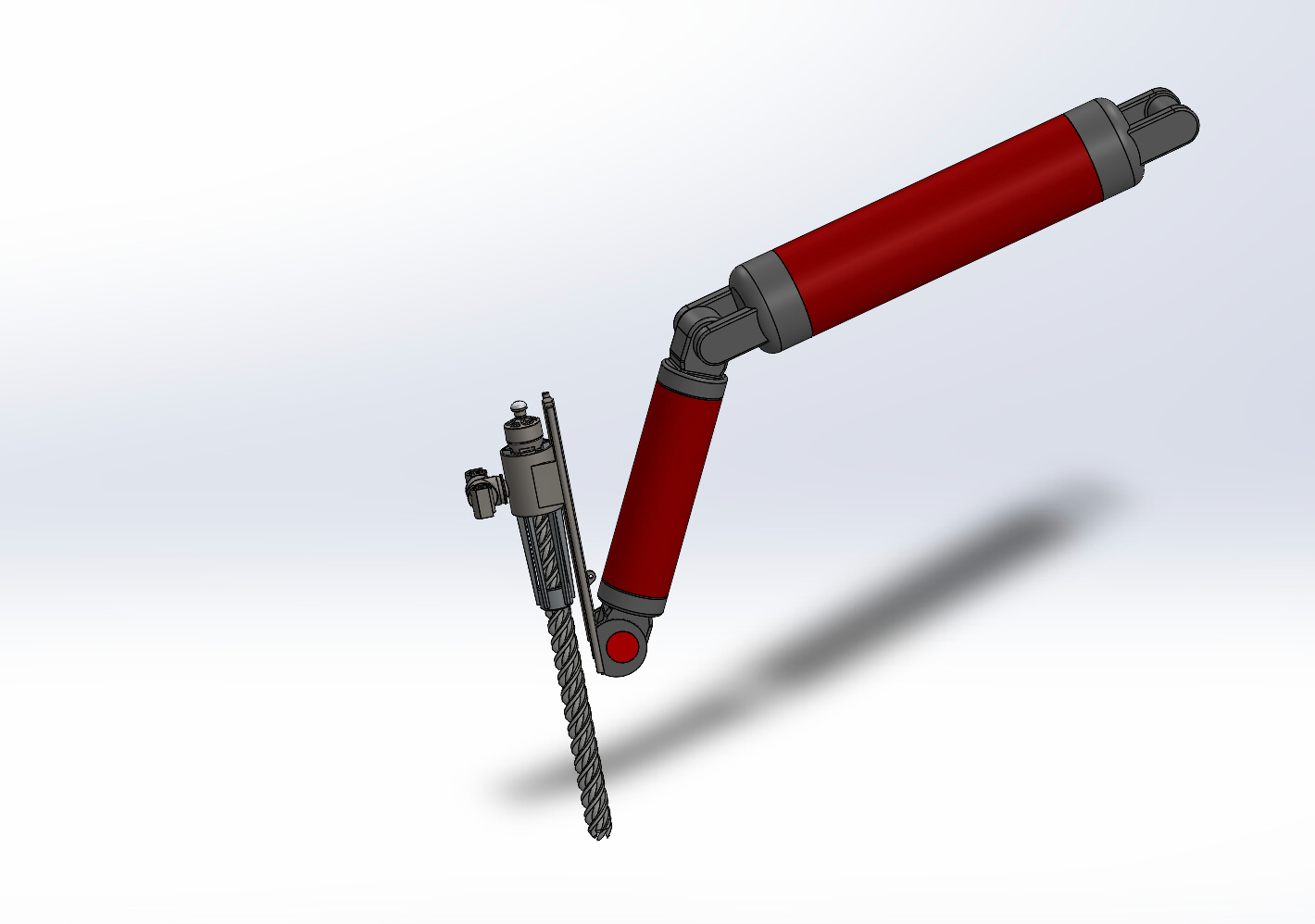
Figure 4. Motorized drill with a scanner. Figure 5. Propagation system for the probes
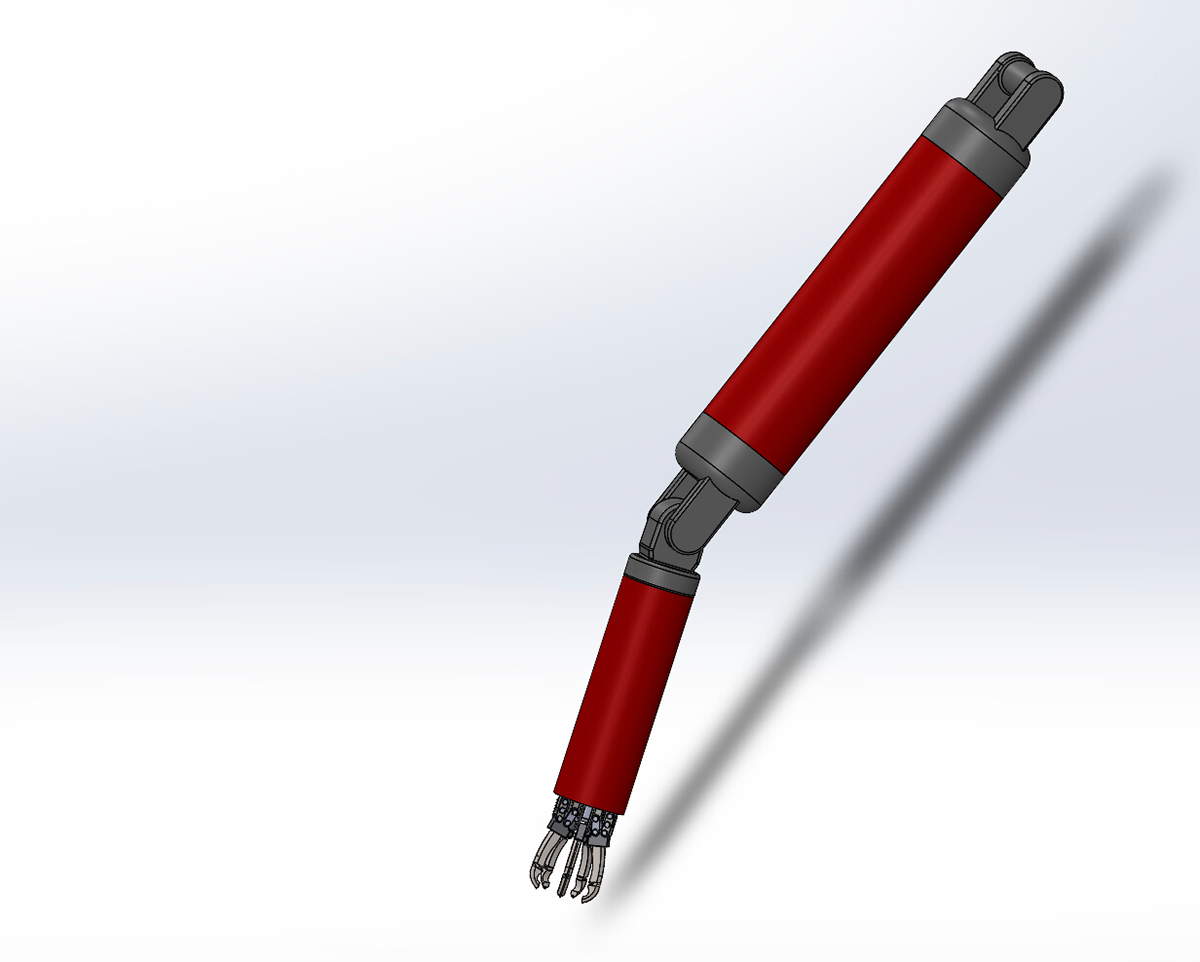
Figure 6. Resource gathering system (Claw hand)
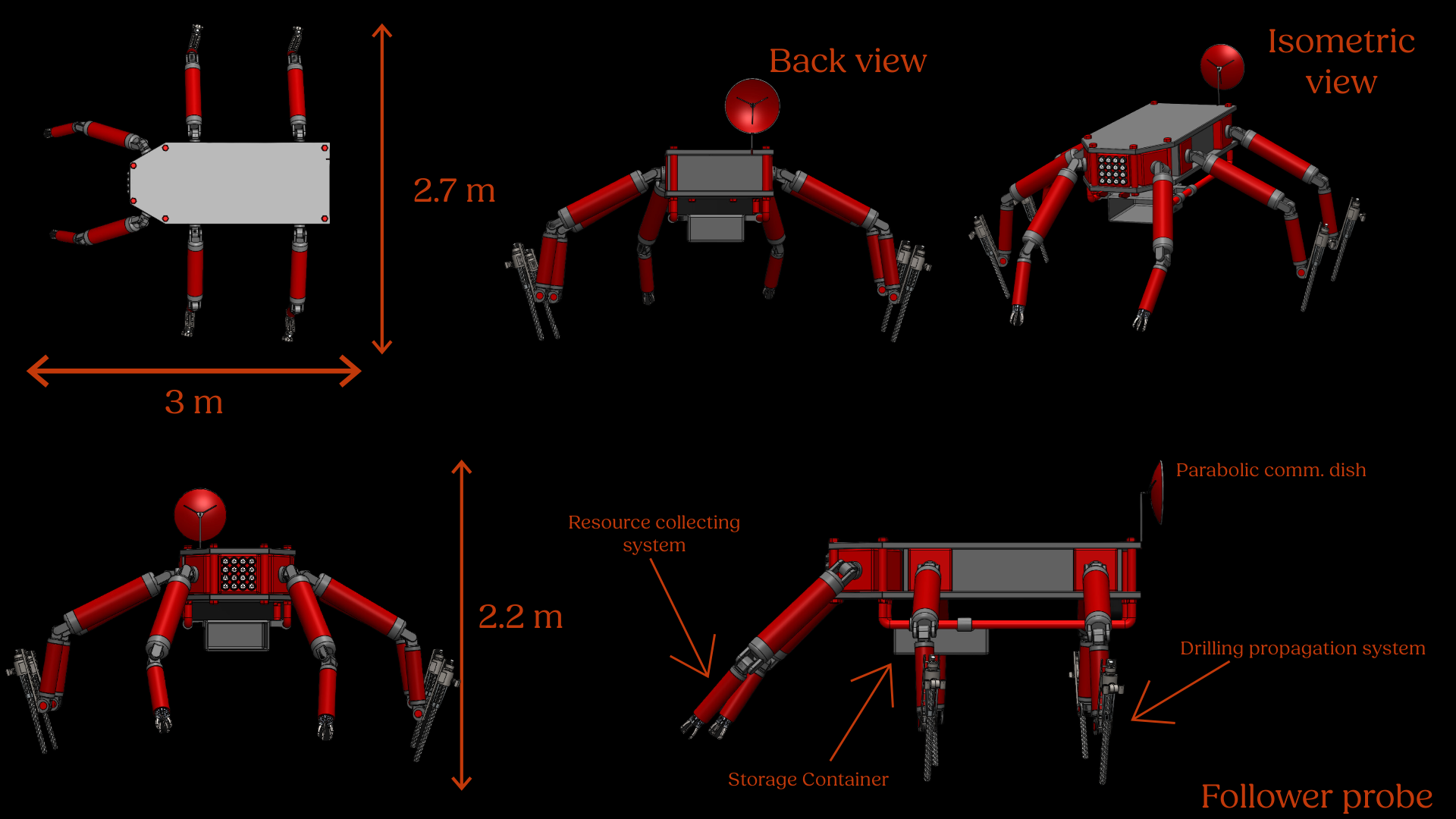
Figure 7. CAD design and estimated dimensions of the Follower Probe.
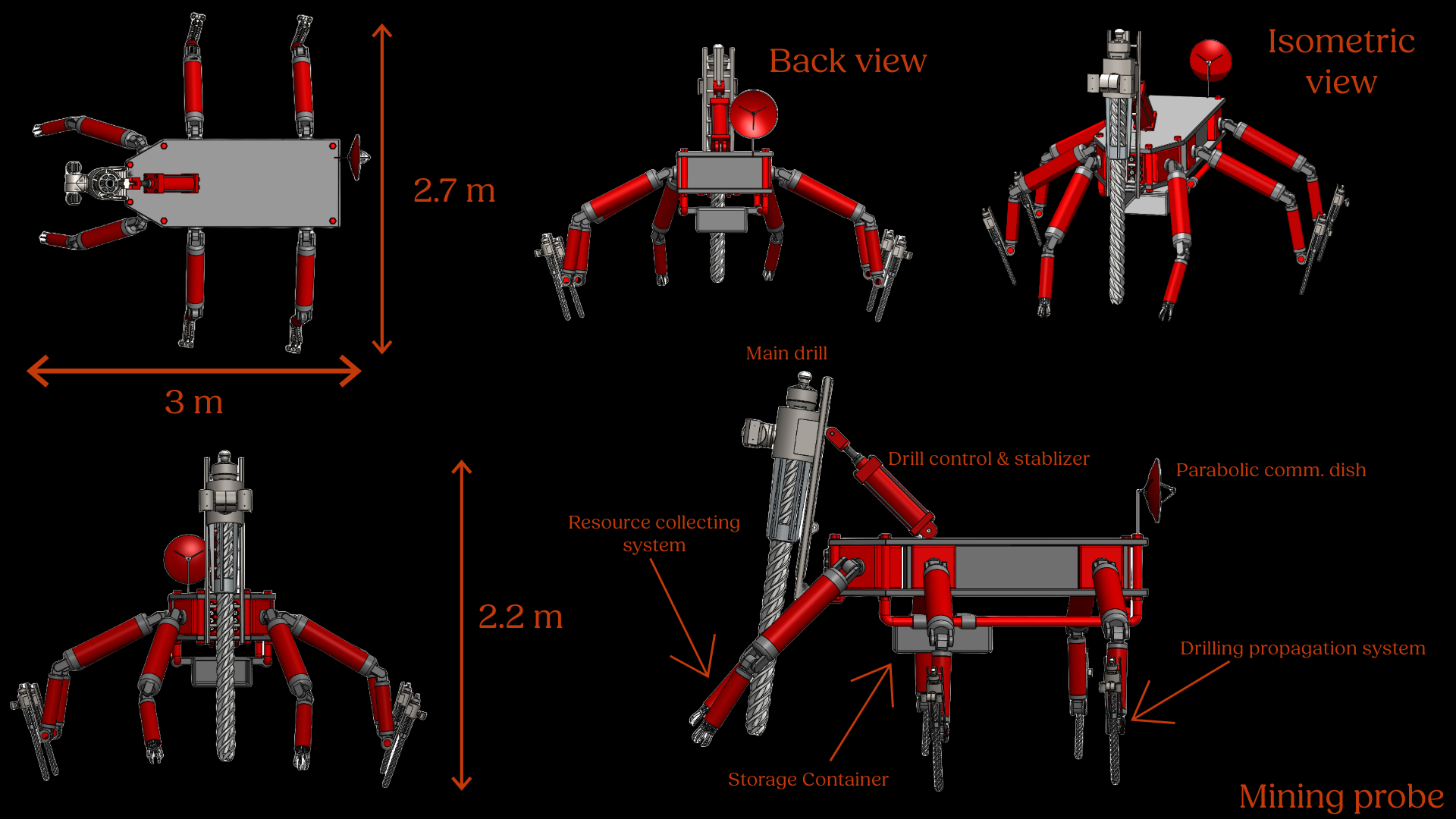
Figure 8. CAD design and estimated dimensions of the Mining Probe.
The probe was engineered to meet specific mission criteria and requirements, particularly in the low-gravity environment of an asteroid, necessitating continuous stability. To achieve this, a propagation system employing drill pits capable of penetrating the asteroid's surface was implemented. These drill pits are integrated with the probe's articulated legs, allowing for rotational movement along each axis, thus ensuring full maneuverability. During surface traversal, the probe sequentially moves its legs to maintain stability while drilling, countering the reactive forces generated by the drills.
Furthermore, the leg joints enable the probe to securely attach to and navigate various incline slopes on the asteroid's surface. The drills are mounted on tracks affixed to the leg ends, facilitating depth variation and drilling angles for enhanced stability, as determined by prior studies [16]. Each drill incorporates scanning devices to assist in decision-making processes and seamlessly integrate with the probes' AI systems.
The mining probe features a primary drill located at its front, employing advanced scanning technology for resource detection and precise positioning. Attached to a piston, this drill offers adjustable penetration angles for precise control.
Communication with the mothership and other systems is facilitated by a parabolic antenna mounted on an adjustable stand. This enables targeted signal reception and allows for dynamic relocation of the mining probe, facilitating successful engagements with follower probes.
For resource retrieval, the mining probe is equipped with two claw hands attached to a rotating extension, ensuring adaptability to various scenarios. These hands are responsible for depositing mined orbs into the enclosed storage system located at the probe's base. The storage system, a motorized enclosed box installed along the probe's length, allows for seamless movement on tracks. When the storage unit reaches capacity, it automatically repositions to the rear of the probe, facilitating replacement by a follower probe with an empty unit to maintain uninterrupted operation.
Utilization of a light source by the probes compensates for areas with limited sunlight exposure. Notably, both the mining probe and its follower share a similar design to optimize material usage and interchangeability for efficient maintenance and construction processes. This approach minimizes the need for diverse molding structures, ensuring effective resource utilization across probe generations.
